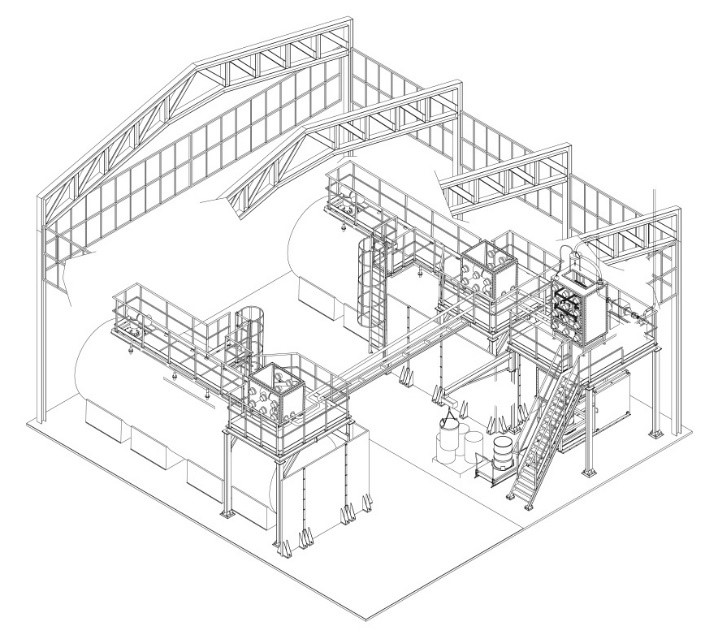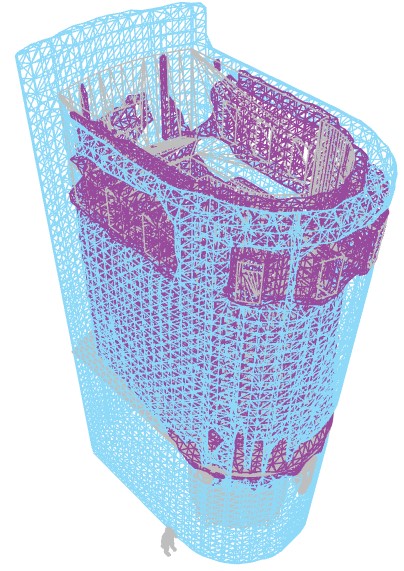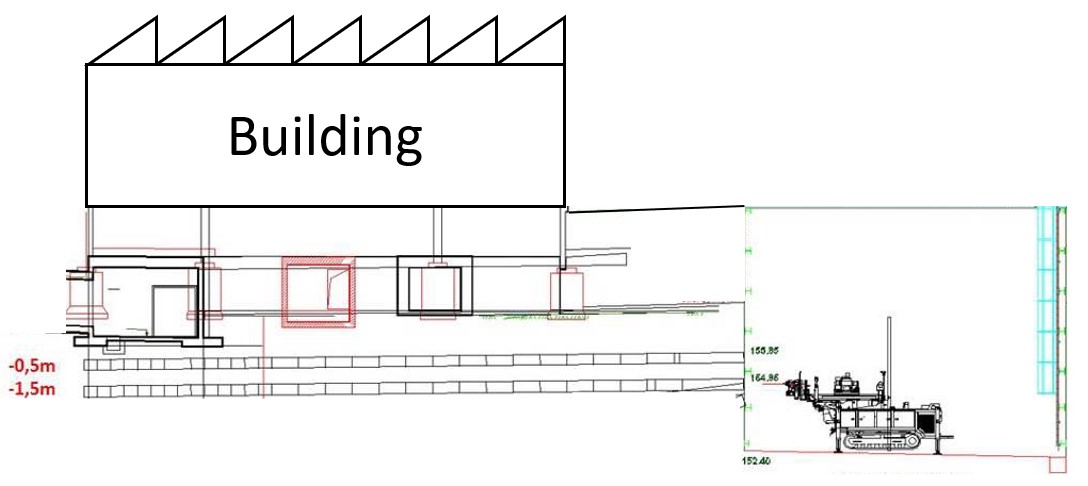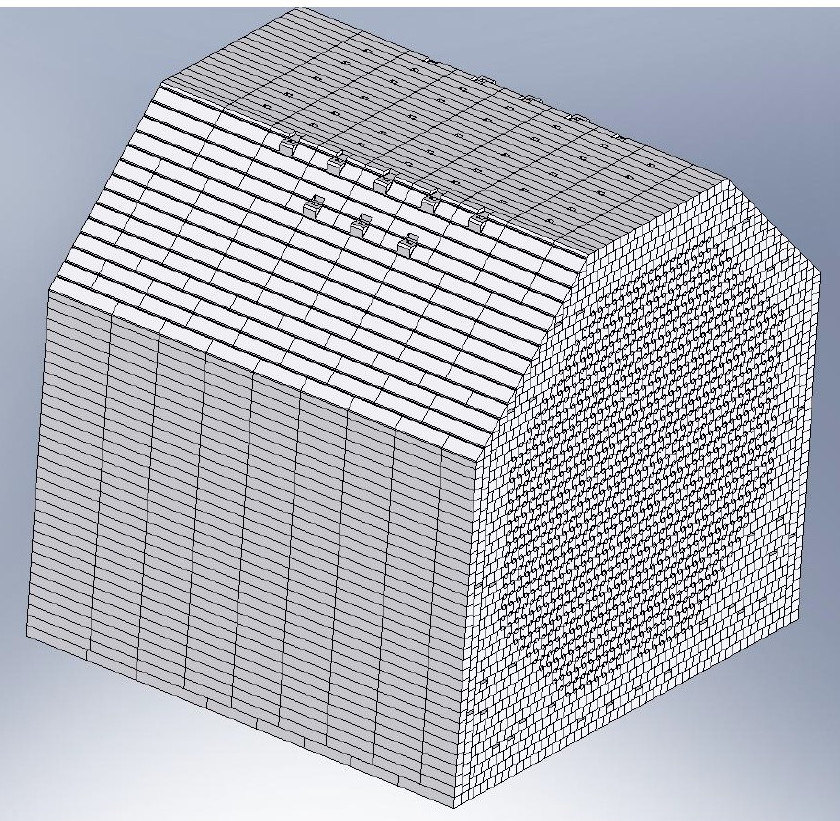 STRATEGIST - Sampling Toolbox for Radiological Assessment To Enable Geostatistical and statistical Implementation with a Smart Tactic
STRATEGIST - Sampling Toolbox for Radiological Assessment To Enable Geostatistical and statistical Implementation with a Smart Tactic
The STRATEGIST web tool
The STRATEGIST web tool provides concise descriptions, lists relevant theoretical references, case studies and software implementations for helping the end user to get started, using the STRATEGIST diagrams:
Please do note the recommended browser for using this website is Google Chrome.
For the vocabulary used in the STRATEGIST tool we refer to the VIM (BIPM, IEC, IFCC, ILAC, ISO, IUPAC , IUPAP et OIML, International vocabulary of metrology – Basic and general concepts and associated terms (VIM), 3rd edition éd., Joint Committee for Guides in Metrology, JCGM 200:2012, 2012).
In the use cases section you can find details on the implementation of the strategy in four different use cases as well as a summary of the lessons learnt.
The INSIDER project aimed at developing and validating an improved integrated methodology of characterization based on different new statistical processing and modelling, coupled with present (and adapted) analytical and measurement methods, with respect to sustainability and economic objectives. For the validation of the STRATEGIST web tool, we used the below facilities and situations from ongoing D&D projects managed by consortium partners and further defined as use cases (UC). Further details are provided in four separate documents, as well as a summary of the lessons learnt.
UC1, concerns two tanks (VA001 and VA002), each about 50 m3 in volume, containing low level liquid waste (LLLW) and located in the liquid waste storage facility at the Joint Research Centre site of Ispra, Italy. The specific activities of the radionuclides present are between a few tenths to just over 100 Bq/g (2012-2013) for relevant nuclides, which include gamma emitters Co-60, Cs-137 and Am-241 as well as various alpha-and beta emitters.The licensee had not specified any waste acceptance criteria for this waste. Moreover, no information was available on what the conditioning process prior to waste acceptance should be. Within the INSIDER project, we therefore defined the following artificial objective: characterize the radionuclide content of the tanks, in view of deciding if the waste acceptance criteria for the selected waste category could be met. As a basis, we used the waste acceptance criteria for the Konrad repository (Germany).
UC2 involves the biological shield of the Belgian Reactor 3 (BR3), a pilot pressurized water reactor of the SCK CEN (Belgian Nuclear Research Centre). The reinforced concrete shielding represents a volume of about 622 m³ (> 2000 tons). The concrete close to the reactor pressure vessel is activated. The main goal was to develop a radiological characterization program aiming at economically optimizing the biological shield dismantling strategy using a waste-led approach.
UC3a relates to a nuclear facility that was devoted to radiochemistry on trans-uranium elements. It was under operation until 1992 on a CEA site in France. Due to different incidents decades ago, the soil beneath the tank room is contaminated with various alpha and beta emitters up to several TBq. For the preparation and management of a soil remediation project, some global quantities such as the average activity concentrations and total activity for the whole area (as well as its related uncertainty and confidence level) need to be estimated in a sound way.
UC3b covers the graphite moderator and reflector (about 1300 tons) of the G2 UNGG reactor localized at the CEA site of Marcoule. The main objective is to provide a radiological inventory for the graphite volume. Some specific nuclides will be of key interest from a waste disposal perspective. A secondary objective is waste oriented with the classification of volumes according to different thresholds.




The STRATEGIST web tool has been developed within work package 3 of the INSIDER EU Horizon 2020 project and received funding from the Euratom Research and Training Programme 2014-2018 under grant agreement No 755554.
The development consisted of:

To cite the STRATEGIST web tool, use the following:
Rogiers B., Desnoyers Y., Pérot N., von Oertzen G., Sevbo O., Demeyer S., Boden S. 2022. STRATEGIST - Sampling Toolbox for Radiological Assessment To Enable Geostatistical and statistical Implementation with a Smart Tactic. https://strategist.sckcen.be, visited on